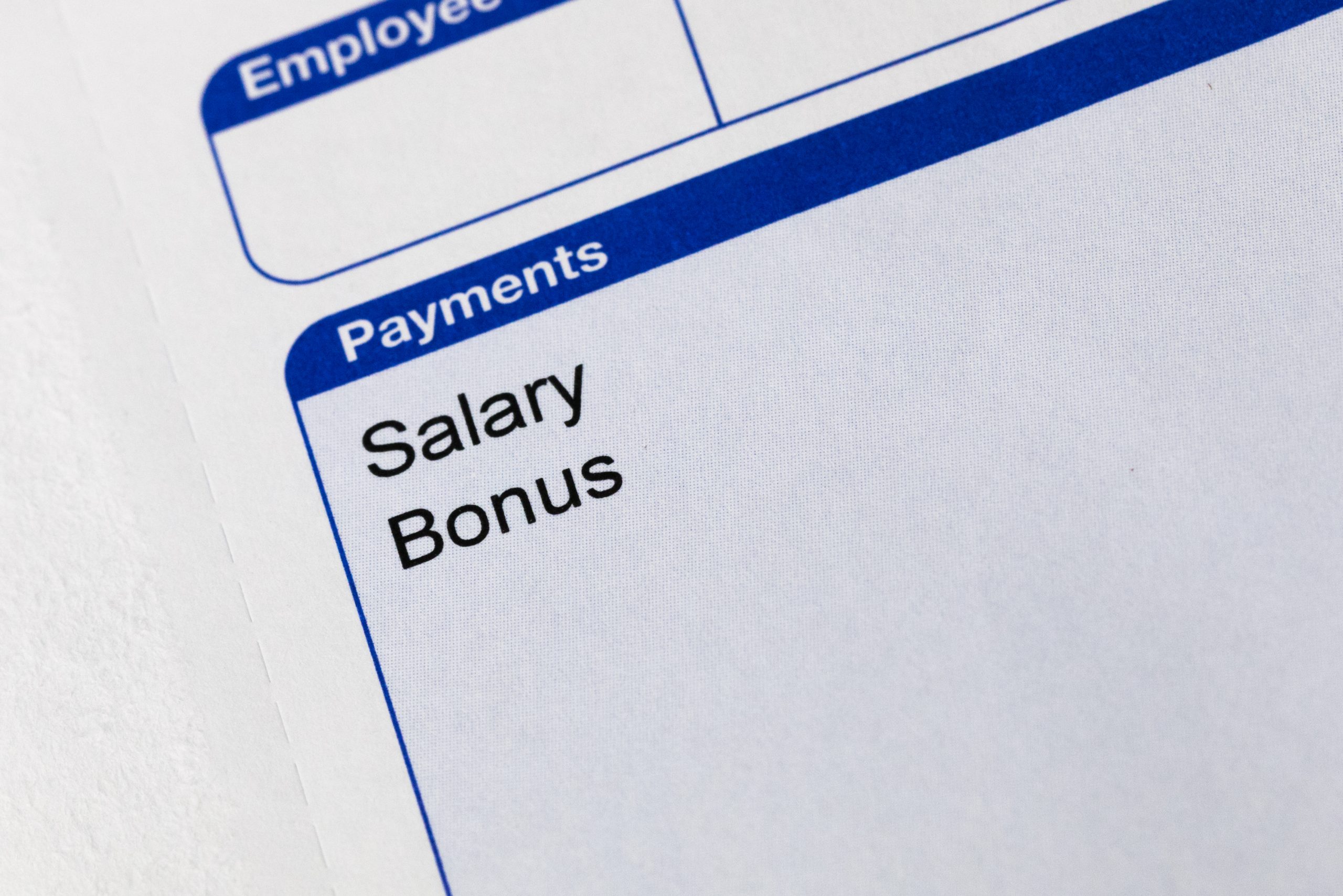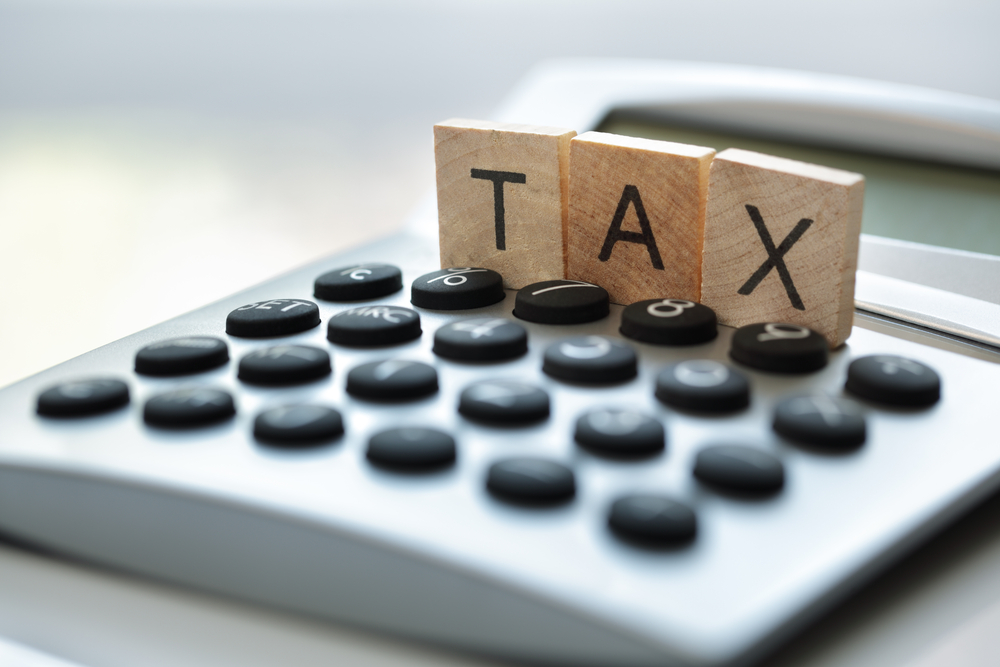Around 2,300 pensioners claimed back over £10,000 each through emergency tax on retirement income, a mutual reveals.
In total, 9,700 pensioners successfully received £5,000 or more in the tax year 2022-23, at an average of £3,062.
However, the 100 pensioners who claimed back the most averaged £54,185 going back into their pockets, according to Royal London.
The sizeable amounts being claimed back are down to an emergency tax being applied to withdrawals from pensioners’ retirement pots. Much like any other income, an emergency rate is applied when there is no tax code for the amount ‘earned’.
So, HMRC automatically hits savers with a tax charge on the assumption that will be the usual income for the rest of the tax year.
The issue of a high emergency tax amount became more prevalent since ‘pension freedom’ was introduced in 2015, which allowed savers over the age of 55 to withdraw some or all of their defined contributions in a lump sum. In the three months to December 2023, savers had to claim back £38m from HMRC, thanks to the trigger-happy tax system in place.
Changes in 2015 caused rise in emergency tax on pension pots
For example, someone taking out £30,000 would normally receive 25% as tax-free cash and the remaining amount is taxed as if their monthly income is £22,500, no matter if the pension-holder doesn’t intend to make any more withdrawals that year.
This would equate to £8,503 in emergency tax. But if basic rate tax was applied, it would only be £1,984, meaning the £6,519 difference needs to be claimed back.
It is possible to get your money back within 30 days if you fill out one of three HMRC forms, otherwise it will be repaid at the end of the tax year.
How to claim emergency tax back
Which one you need to fill depends on how you accessed your retirement pot:
- P55 – used by claimants when the payment didn’t use up the pension pot and individuals aren’t taking regular payments. It can only be used if a pension provider can’t refund you. HMRC received 7,307 claims in the three months to December 2023.
- P53Z – used by claimants where the payment used up your pension pot and you have other taxable income, such as if you’re working or receiving benefits. HMRC received 3,738 forms.
- P50Z – used by claimants if the payment used up your pension pot and you have no other income in the tax year. HMRC received 1,014 claims.
‘Growing number of investors falling foul of the rules’
Clare Moffat, pension expert at Royal London, said: “Naturally, this could come as a huge shock to some people, especially if they had earmarked the money for something specific like a holiday or home improvements. Suddenly, a big chunk of the money they thought they had coming to them has in fact gone to pay emergency taxes, which they probably hadn’t anticipated.
“The pension savers charged over £50,000 in emergency tax will, of course, be extreme cases. To trigger a tax bill of this size, they will have taken out a lump sum in excess of £200,000. There aren’t too many scenarios in which someone will need this amount, except maybe to help their children or grandchildren get a foot on the housing ladder.”
Moffatt added: “A growing number of investors are falling foul of the rules each year as cost-of-living pressures force more and more people to dip into their pensions.
“To get the money back, they must complete one of three forms and then wait for a refund. Those who fail to fill out the paperwork must wait on HMRC to review the payments later — meaning they are often left out of pocket for many months. Approximately £1bn has been overcharged since 2015.”





